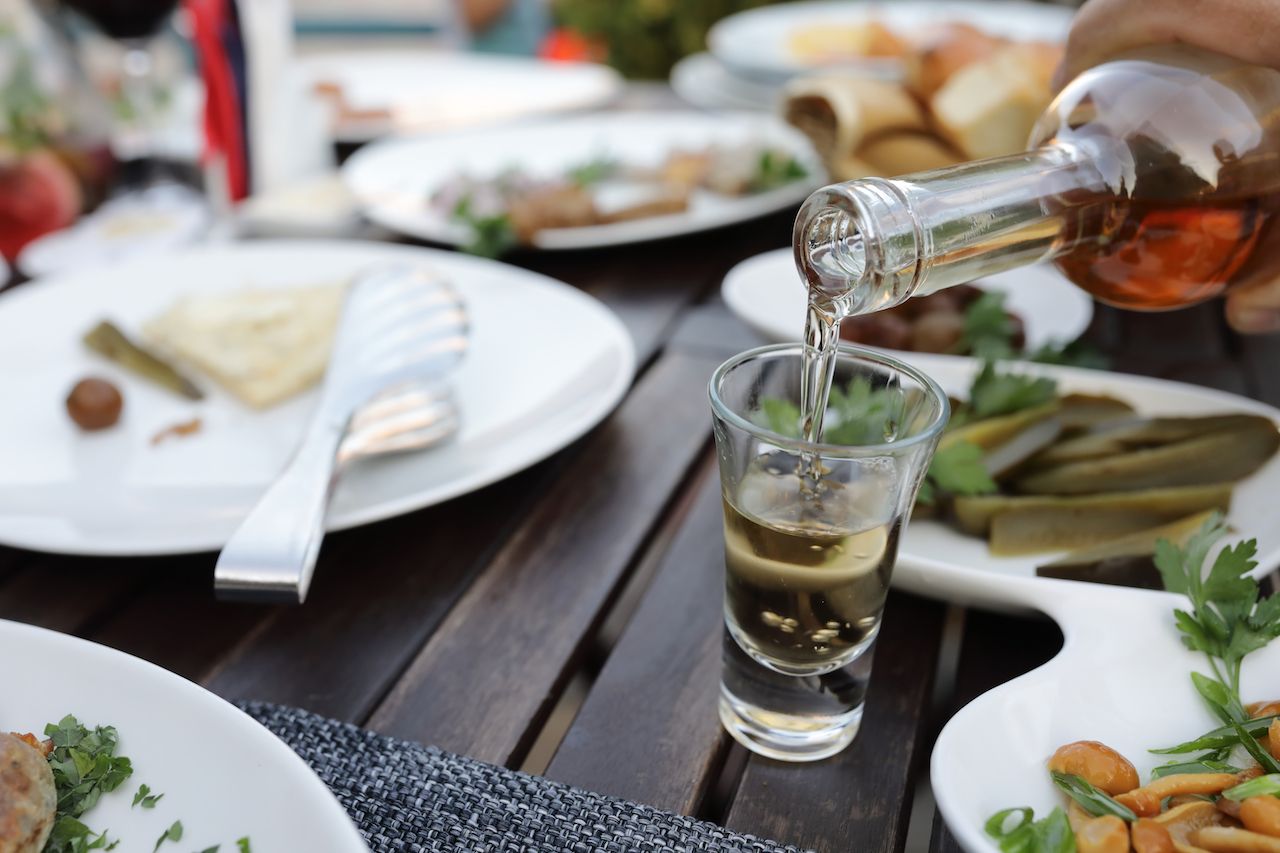Illegal liquor is a lot like a good hole in the wall restaurant. No matter where you’re at, you can find it if you know the right people to ask.
Moonshine, as it’s known in the US, has a storied history as the liquid that changed the hills of Appalachia, built fortunes for Prohibition-era mobsters like Al Capone, and made a star out of Popcorn Sutton. It’s far from a stateside phenomenon, though. The tradition of fermenting and distilling whatever grain, sugar, or fruit is cheaply available has been happening around the world for basically as long as people have had the know how to do so.


